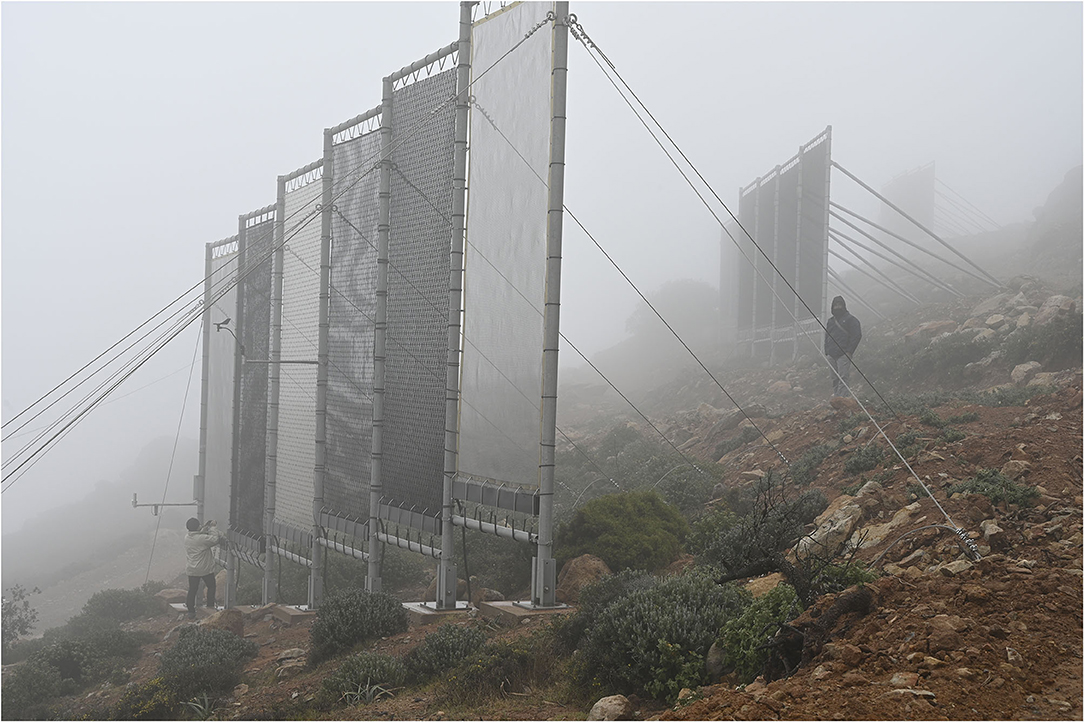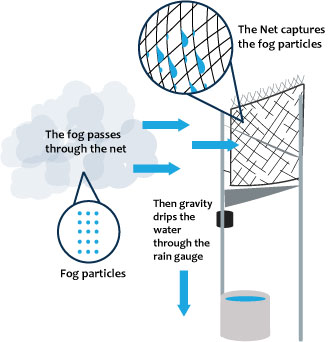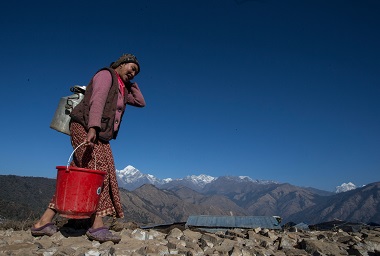 For most of us, access to drinking water is a privilege we often take for granted. We just need to open the tap to quench our thirst!
For most of us, access to drinking water is a privilege we often take for granted. We just need to open the tap to quench our thirst!
Yet in several parts of the world, this essential life-sustaining resource is scarce. In fact, in several regions of Africa, the pursuit of freshwater keeps many locals up all night.
Moreover, nineteen countries in Africa, which are home to half a billion people, have a water security threshold of less than 45 on a 1-100 scale. Water security refers to a society’s ability to maintain enough water to carry out productive tasks like farming.
Although these numbers are already staggeringly low, climate change is aggravating these situations, mainly in impoverished areas. Kenya is currently experiencing the worst drought in decades with rainy seasons becoming less and less effective. Even in areas of its capital Nairobi, where the water is usually abundantly available, rivers are starting to dry out.
With the desperation for water continuing to intensify, engineers are adopting solutions -- one of which is harvesting water from fog!
Out Of Thin Air!
 Researchers have been developing methods to collect moisture from fog for daily water use as if it were rainwater. The difference is that fog is simply more common than rain. Fog forms when the land releases heat at night. As the ground cools down, it causes water molecules in the air to condense.
Researchers have been developing methods to collect moisture from fog for daily water use as if it were rainwater. The difference is that fog is simply more common than rain. Fog forms when the land releases heat at night. As the ground cools down, it causes water molecules in the air to condense.
Fog collection works by utilizing mesh strung in the air. This mesh is spread between two poles facing the general direction of the wind. Depending on the density of the fog in the area, the mesh can be constructed in a variety of different layers and materials from nylon to polyethylene.
The wind naturally pushes the fog toward the mesh, where water accumulates due to cohesion -- a property of water molecules that gives them the tendency to stick to each other. As the water droplets get bigger, they funnel down to a pipe into a storage tank.
Impact On Lives
This concept isn’t new -- fog collection has been used by locals in Kenya for decades. Most take recycled storage containers and set them under trees to harvest water from the fog that condenses onto the tree at night.
 This method, although rigorous, can yield around 20 gallons of water per tree which is enough for a family's daily needs. The entire system is also low maintenance without the need for electricity.
This method, although rigorous, can yield around 20 gallons of water per tree which is enough for a family's daily needs. The entire system is also low maintenance without the need for electricity.
Now with an organized, scaled-up operation, one square meter of mesh can collect up to 22 liters of water on a foggy day. Not only does the water nourish communities, but it provides a stable resource for families for farming and sanitation.
The steady supply of water has allowed communities to evolve in ways beyond water as well. Locals no longer fall victim to water anxiety or the constant worry of finding water. Women in these communities can spend more time taking care of their children instead of walking long distances to collect water. The improved infrastructure has also opened opportunities for men to work consistent jobs.
Future Concerns
While this solution has helped many communities globally from Peru to Portugal, it presents future questions. For one, such systems work best in high elevation arid and rural regions. They don't work in cities for lack of space and the water needs.
Secondly, atmospheric water only makes up 0.004% of the freshwater found on the planet. Therefore, this system can be scaled up to only a certain limit and can only sustain small communities. Furthermore, climate change also affects the amount of fog in a region’s climate, so there may also be a limit to how long this system can work.
For these reasons, fog collection isn’t the long-term answer. However, it provides a viable interim solution as we build more permanent infrastructure for these problems.
Sources: NPR, Earth.org, Columbia.edu, Newarab.com






